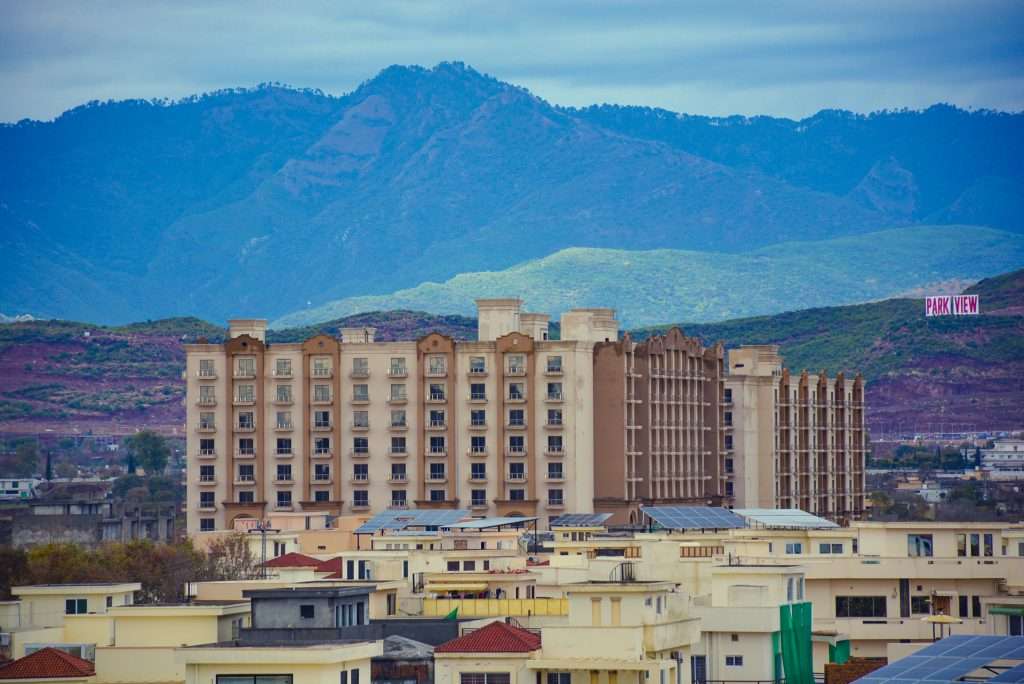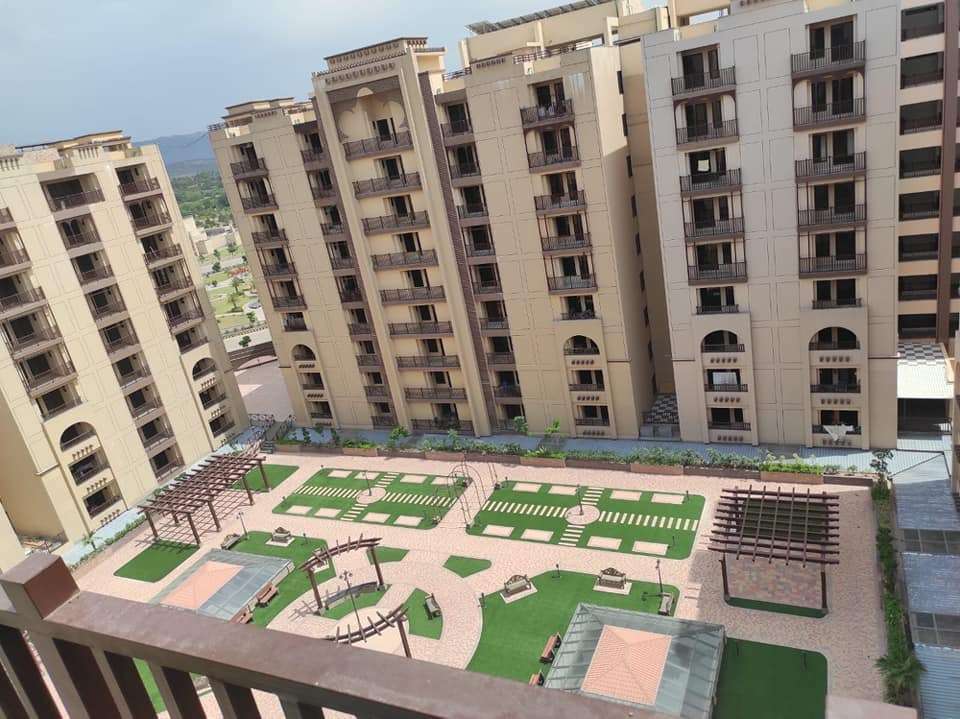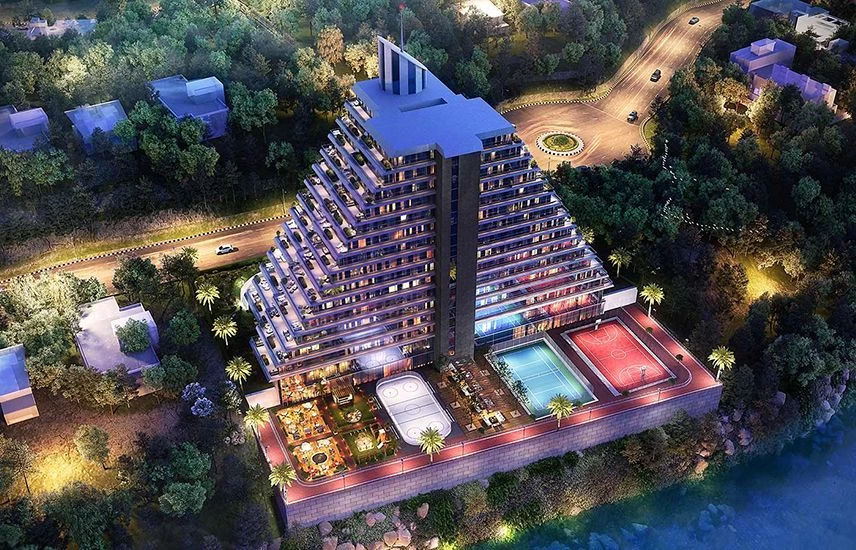

The Evolution of Apartments: Redefining Urban Living
Types of Apartments:
Studio Apartment:
A compact, self-contained dwelling features a single spacious room serving as the living, dining, and sleeping areas called studio Apartments. It typically incorporates a kitchen and a separate bathroom.
Garden Apartment:
Residences in low-rise structures with ample green space typically limit to three stories and often lack elevators.
Garden Flat:
In some regions, refers to an apartment on the ground floor or basement level with direct access to a garden or lawn.
Basement Apartment:
Located beneath ground level, a basement apartment situates on the lowest floor of a building.
Garret Apartment:
A dwelling located in the attic, often converted from former servants’ quarters, limits available space due to slanted walls.
Secondary Suite:
Creating a distinct living space within a house, it may also be known as an “in-law apartment” or “granny flat.”
Maisonette:
Similar to an apartment, a maisonette frequently spans multiple floors, connecting them with internal stairs, and this style is prevalent in post-war housing.
One Dwelling with Two Storeys:
Some apartments feature two levels linked by stairs, resembling a house in layout.
Small Buildings with One-Storey Dwellings:
A “duplex” comprises two separate units within a single building, either side by side or stacked.
Loft Apartment:
Residences fashioned within former industrial spaces are especially favored by artists and musicians.
Penthouse:
An opulent apartment situated on the highest floor of a tall building often boasts exclusive amenities.
Communal Apartment:
In some regions, this room has shared kitchen and bathroom facilities.
Serviced Apartment:
Rental accommodations that include regular cleaning and additional services.
Facilities:
Some apartments come furnished, while others do not. Laundry facilities may be shared or individual to each unit.
Mail and Buzzer: Apartments have mailboxes for each unit, complemented by a buzzer system to grant access to visitors.
Urban vs. Suburban Apartments:
City apartments offer proximity to employment opportunities and public transportation, albeit potentially at a higher cost. In contrast, suburban apartments are situated in quieter, more residential areas.
Apartment Sizes:
Apartments range from cozy studios to more spacious units with multiple bedrooms.
Entrances:
Smaller apartments may feature a single entryway, while larger units might have two points of access.
Modern Apartment Design:
In select urban areas, developers have gained popularity for contemporary mid-rise buildings due to their efficiency and cost-effectiveness.
Additional Information:
Apartments may be available for rent furnished, with furniture, or unfurnished, into which a tenant moves with their own furniture. Serviced apartments, intended to be convenient for shorter stays, include soft furnishings and kitchen utensils, along with maid service.
Pakistan’s Significance:
Apartments have become an integral part of urban living in Pakistan. With the increasing population density in cities like Lahore, Karachi, and Islamabad, apartments efficiently use space and offer an alternative to traditional houses, catering to a diverse demographic, from single professionals to large families.
Importance and Usage:
Apartments in Pakistan play a crucial role in addressing the housing needs of a rapidly growing population. They offer a more affordable housing option compared to standalone houses, making them accessible to a wider range of individuals and families. Additionally, apartments often come with shared amenities such as security, parking, and recreational spaces, enhancing the overall quality of life for residents.
In urban centers, the vertical construction of apartments helps optimize land use, contributing to sustainable urban development. Moreover, apartments are designed to accommodate modern lifestyles, with features like proximity to commercial centers, accessibility to public transportation, and enhanced security measures.
Regulations and Considerations:
Local authorities oversee regulations regarding apartment construction and management in Pakistan. These guidelines include building codes, safety standards, and zoning regulations. Prospective tenants or buyers should be aware of these regulations and consider factors such as location, amenities, and legal documentation when choosing an apartment.
Around the ground floor of the apartment building, a series of mailboxes typically are kept in a location accessible to the public and, thus, to the mail carrier. Every unit typically gets its own mailbox with individual keys to it. Some very large apartment buildings with a full-time staff may take mail from the carrier and provide mail-sorting service. Near the mailboxes or some other location accessible by outsiders, a buzzer (equivalent to a doorbell) may be available for each individual unit. In smaller apartment buildings such as two- or three-flats, or even four-flats, rubbish is often disposed of in trash containers similar to those used at houses. In larger buildings, rubbish is often collected in a common trash bin or dumpster. For cleanliness or minimizing noise, many lessors will place restrictions on tenants regarding smoking or keeping pets in an apartment.


